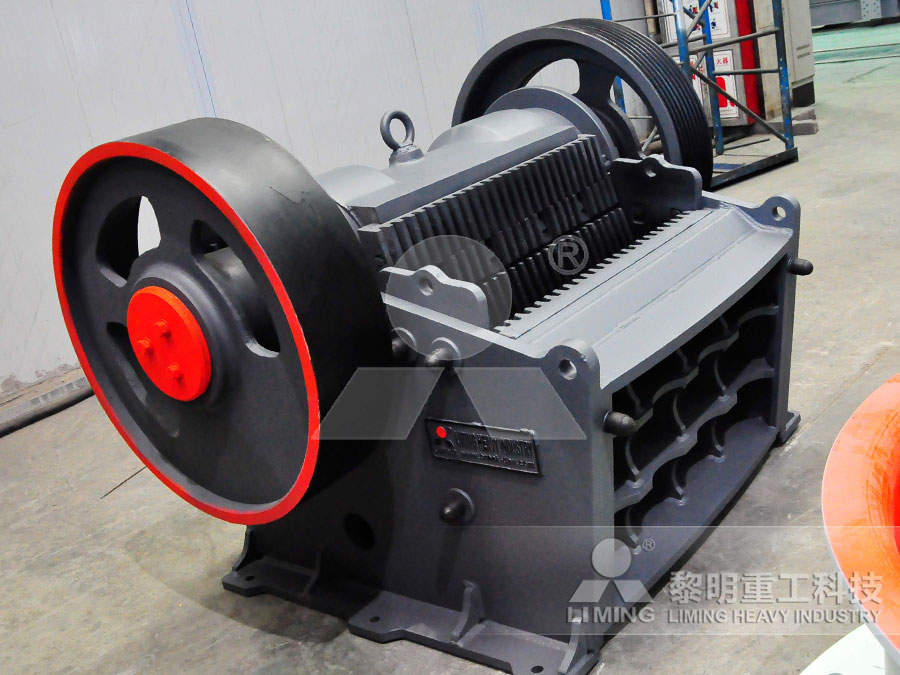Designing a dredge box (also called a sluice box or gold panning classifier) requires careful consideration of materials, dimensions, and features to efficiently capture heavy minerals like gold while allowing lighter material to wash away. Below is a structured approach to designing an effective dredge box:
—
.jpg) 1. Purpose & Function
1. Purpose & Function
– Used in placer mining (gold prospecting, gemstones, etc.).
– Separates heavier materials (gold, black sands) from lighter sediments using water flow.
– Often attached to a suction dredge or used manually in streams.
—
2. Key Design Components
# A. Dimensions & Shape
– Length: 3–6 ft (longer = better recovery but harder to transport).
– Width: 8–16 inches (wider = more material processed).
– Depth: 3–6 inches (shallow for easy cleaning).
– Slope: Adjustable angle (5°–15°) for optimal water flow.
 # B. Material Choices
# B. Material Choices
– Lightweight: Aluminum or ABS plastic (portable).
– Durable: Steel or reinforced fiberglass (heavy-duty use).
– Modular Design: Stackable sections for easy transport.
# C. Riffles & Traps
– Types:
– Hungarian riffles (angled bars).
– Expanded metal mesh.
– Rubber matting with grooves.
– Moss/carpet matting for fine gold.
– Placement: Staggered to create turbulence and trap heavy particles.
# D. Classifier Screen
– A removable mesh screen at the top to filter out large rocks/gravel before material enters the box.
# E. Water Flow Control
– Adjustable water intake valve (for suction dredges).
– Baffles or flares to spread water evenly.
—
3. DIY Dredge Box Design Steps
1. Frame Construction:
– Cut side panels and base from aluminum/plastic.
– Rivet or weld corners for stability.
2. Install Riffles/Mats:
– Bolt or glue riffle bars/mats in a stepped pattern.
– Place finer traps near the end for small gold.
3. Add Classifier Screen:
– Attach a removable screen at the feed end.
4. Adjustability:
– Use hinged legs or brackets to change slope angle.
5.




